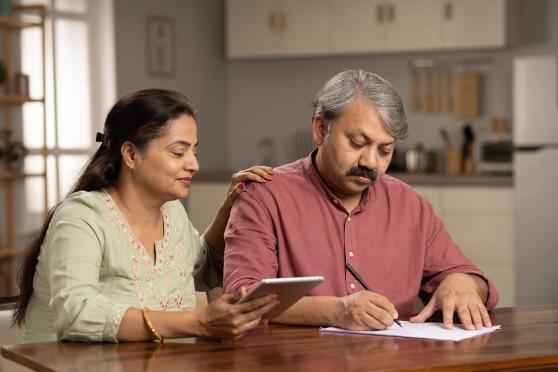Fall-proof your home
Take these steps to ensure a safe, healthy living space
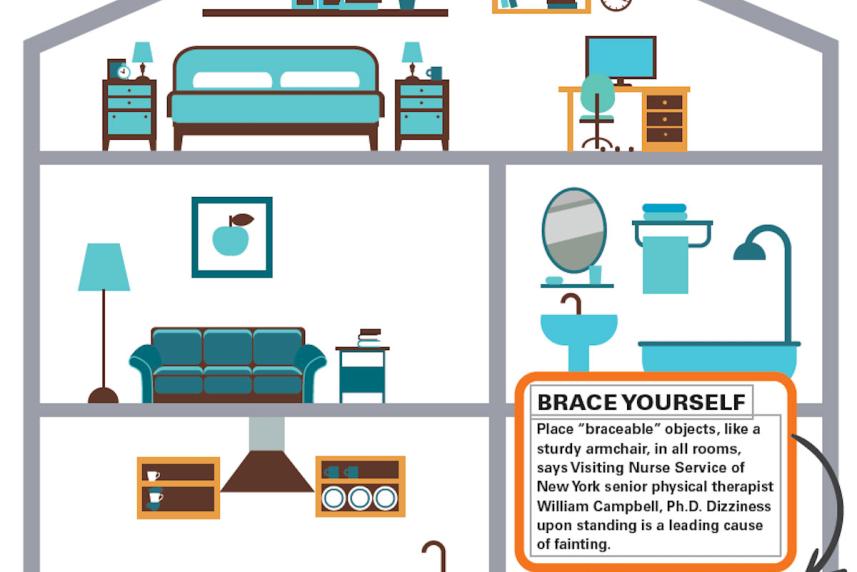
Falls can come from nowhere and without warning. Some falls seem unavoidable, but there are small changes that can make a big difference in ensuring a safe living space. Use this safety guide to injury-proof every room in your home.
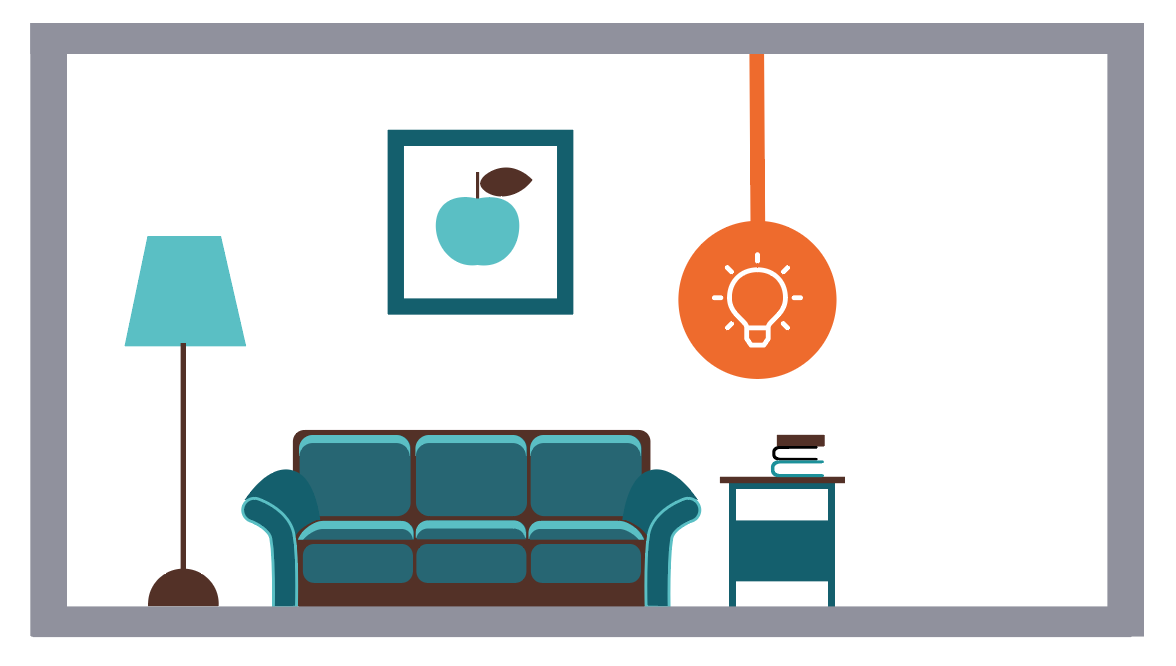
|
|
| LIVING ROOM |
|

|
|
| KITCHEN |
|
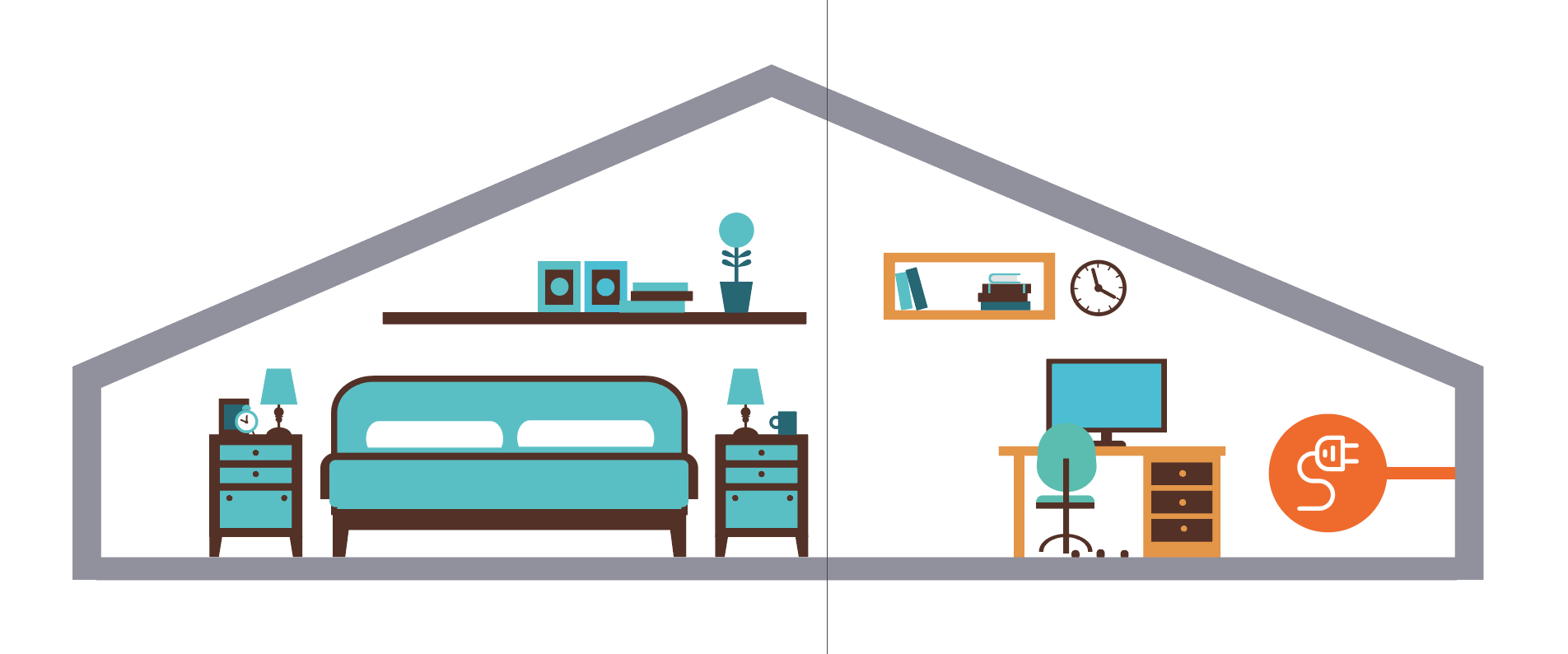
|
|
| BEDROOM |
|

|
|
| BATHROOM |
|
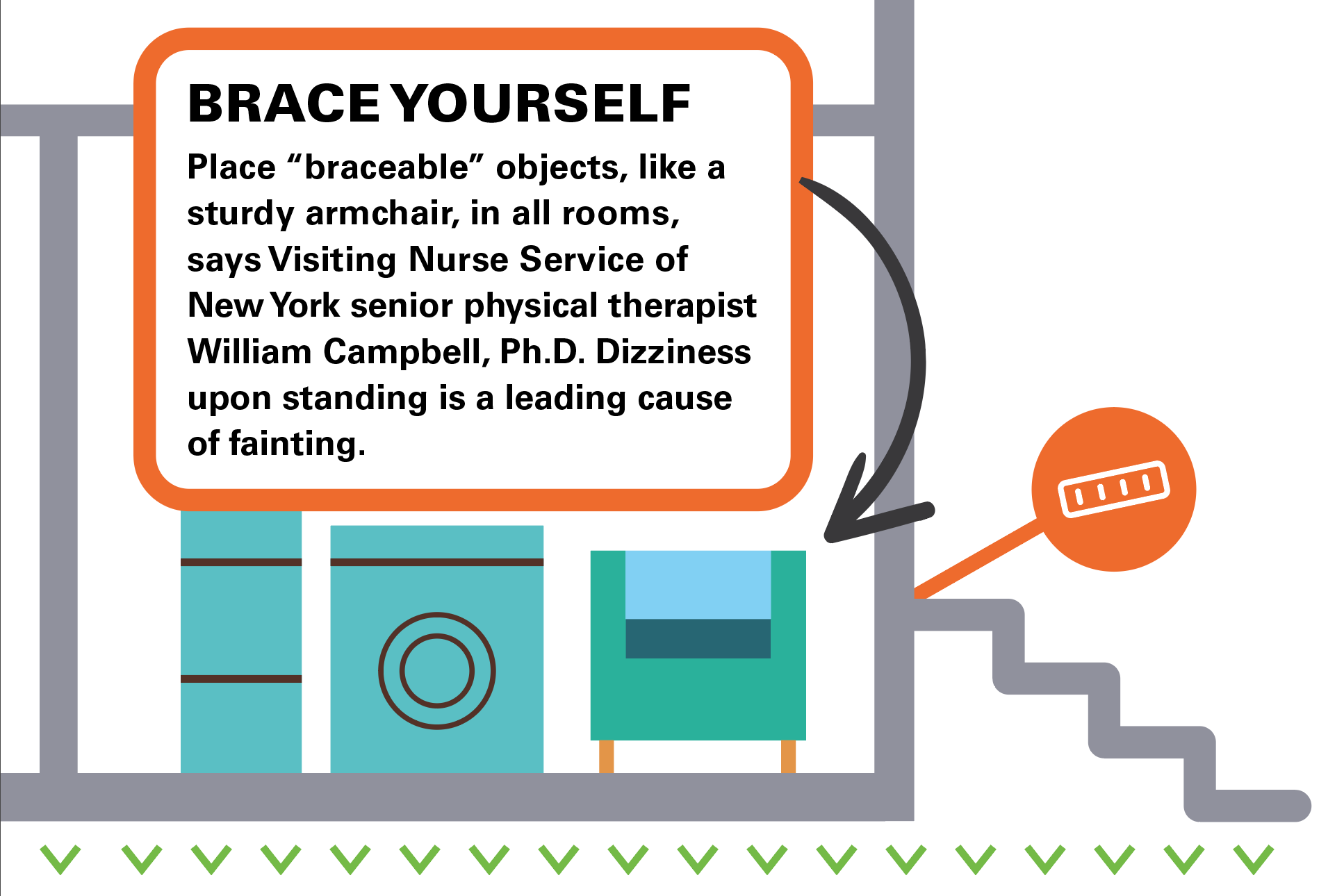
|
|
| OUTDOOR WALKWAYS |
|
|
|
|
| Avoid injury in the yard or while shoveling |
Yard work can be beneficial to your mood and well-being, not to mention being good exercise. But continuous lifting and pushing, especially in winter, can strain your body if you’re not careful. Use these tips to stay safe. WARM UP BEFORE YOU START WEAR SUPPORTIVE SHOES WITH GRIPPING SOLES PROTECT YOUR BACK REACH OUT FOR HELP |


